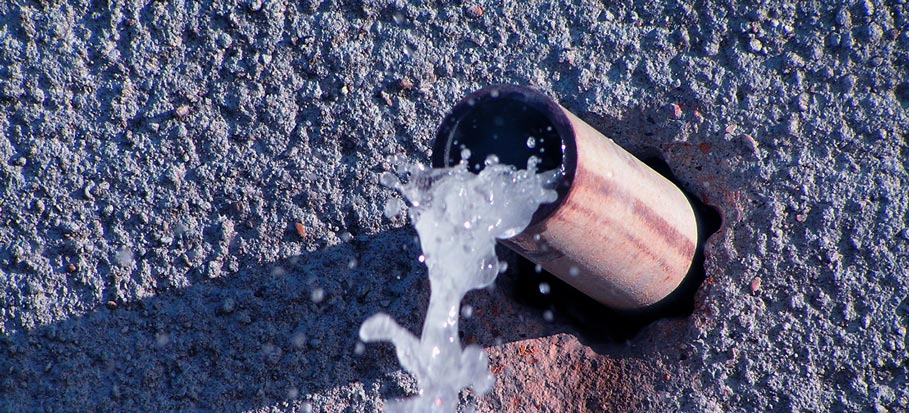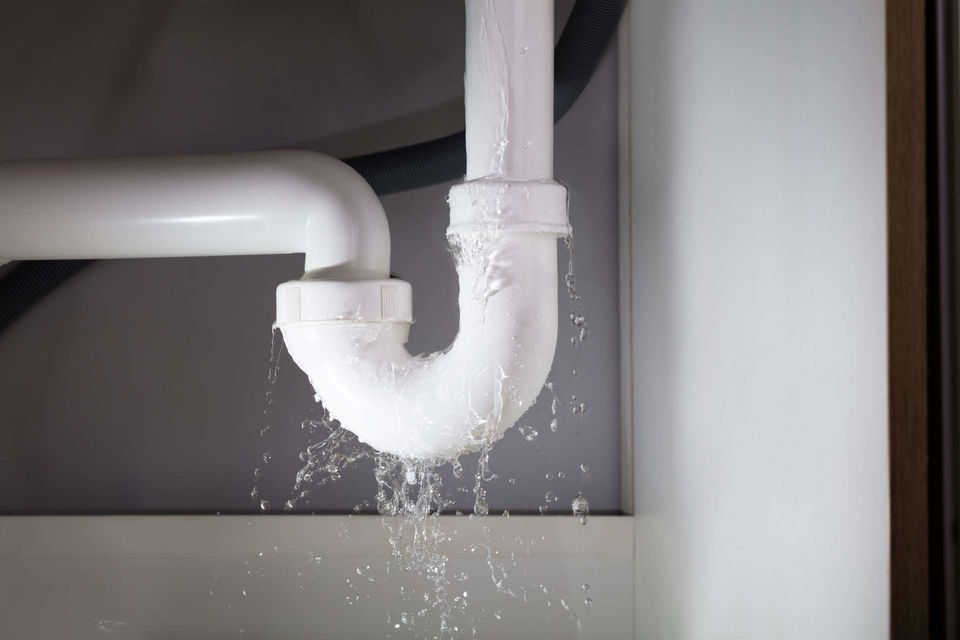Exactly how to Find and Repair Work Water Leaks-- A Comprehensive Guide
Exactly how to Find and Repair Work Water Leaks-- A Comprehensive Guide
Blog Article
This article in the next paragraphs relating to Leaking water lines is without a doubt insightful. You should keep reading.

Early discovery of dripping water lines can reduce a prospective calamity. Some little water leaks may not be visible.
1. Analyze the Water Meter
Every residence has a water meter. Examining it is a guaranteed manner in which helps you find leakages. For beginners, switch off all the water sources. Guarantee nobody will purge, use the tap, shower, run the washing equipment or dishwasher. From there, go to the meter as well as watch if it will certainly alter. Since no person is utilizing it, there need to be no movements. If it moves, that shows a fast-moving leak. Also, if you identify no changes, wait an hour or more as well as check back once more. This indicates you might have a slow leakage that can even be below ground.
2. Examine Water Usage
Analyze your water costs and also track your water usage. As the one paying it, you should see if there are any kind of inconsistencies. If you spot sudden changes, regardless of your consumption being the same, it indicates that you have leakages in your plumbing system. Remember, your water costs should fall under the very same variety on a monthly basis. An unexpected spike in your expense indicates a fast-moving leakage.
A constant boost every month, even with the same behaviors, shows you have a sluggish leakage that's likewise gradually rising. Call a plumber to completely check your residential property, especially if you feel a cozy area on your floor with piping below.
3. Do a Food Coloring Test
30% comes from bathrooms when it comes to water intake. Test to see if they are running correctly. Drop specks of food color in the storage tank and wait 10 minutes. If the color in some way infiltrates your bowl during that time without flushing, there's a leakage in between the storage tank and also bowl.
4. Asses Exterior Lines
Don't forget to check your outdoor water lines also. Must water seep out of the connection, you have a loose rubber gasket. One tiny leak can waste heaps of water and spike your water bill.
5. Evaluate the scenario and also examine
Property owners must make it a routine to inspect under the sink counters and even inside closets for any kind of bad odor or mold and mildew growth. These 2 warnings indicate a leak so prompt focus is required. Doing routine inspections, even bi-annually, can save you from a significant trouble.
More importantly, if you understand your house is already old, keep a watchful eye on your heating systems, hoses, pipes etc. Check for discolorations and also weakening as the majority of pipelines and devices have a life span. They will additionally naturally weaken because of tear and also put on. If you think leaking water lines in your plumbing system, don't wait on it to intensify. Call a specialist plumber as soon as possible so you do not wind up with an awful mess in your home.
Early detection of leaking water lines can alleviate a prospective catastrophe. Some small water leakages may not be visible. Examining it is a proven means that assists you discover leaks. One little leakage can lose heaps of water and also surge your water bill.
If you think dripping water lines in your plumbing system, don't wait for it to escalate.
How to Know If Your Home Has a Hidden Leak
Water Meter Reveals Inexplicable Water Usage
If you’d like to test whether or not there’s a leak somewhere in your home, you can do this using your water meter. Here is how to conduct the test:
Don’t use any water in your home for at least 30 minutes; this also means not turning on faucets or water-using appliances.
Go outside, and check your water meter for activity.
If your water meter shows that there was activity, even though no one was using any water, this proves that there is a leak in your home.Visible Mold or Mildew Growth
Leaks behind walls create moist, dark environments that allow mold and mildew to grow and thrive. Eventually, you might see mold growth forming on the wall closest to a hidden leak.
If mold is growing in an area that receives a high amount of moisture, such as a bathroom, it may simply be an indication that better ventilation is needed. However, if you see mold growth on a wall or the ceiling in an area where you would not expect, you probably have a hidden leak.
Musty, Mildew Odor
Sometimes you might not be able to see the mold or mildew that is growing as a result of a leak. However, the smell can give the problem away just as easily. If you catch a whiff of something musty, there’s a good chance that old water is collecting somewhere in your home that you can’t see.
Stained/Warped Walls, Ceilings, or Floors
When your home soaks up water, a variety of red flags can become visible, including ceiling stains, bubbling drywall, warped walls, and sagging floors. While these issues can be caused by excess humidity, they can also be signs that a pipe or plumbing connection has started leaking behind your walls.
Inexplicably High Water Bill
After a while, you get a general sense for what your water bill should be. If you own a pool or sprinkler system, your bill will tend to be higher during summer. However, if you receive a water bill that seems especially high, and you can’t figure out what caused it, then you may have a hidden leak somewhere that’s increasing your bill.
https://www.plumbingjoint.com/blog/2019/july/how-to-know-if-your-home-has-a-hidden-leak/

I'm certainly very curious about Detecting hidden plumbing leaks and I hope you liked the entire entry. Sharing is caring. Helping people is fun. We appreciate reading our article about Locating water leaks.
Report this page